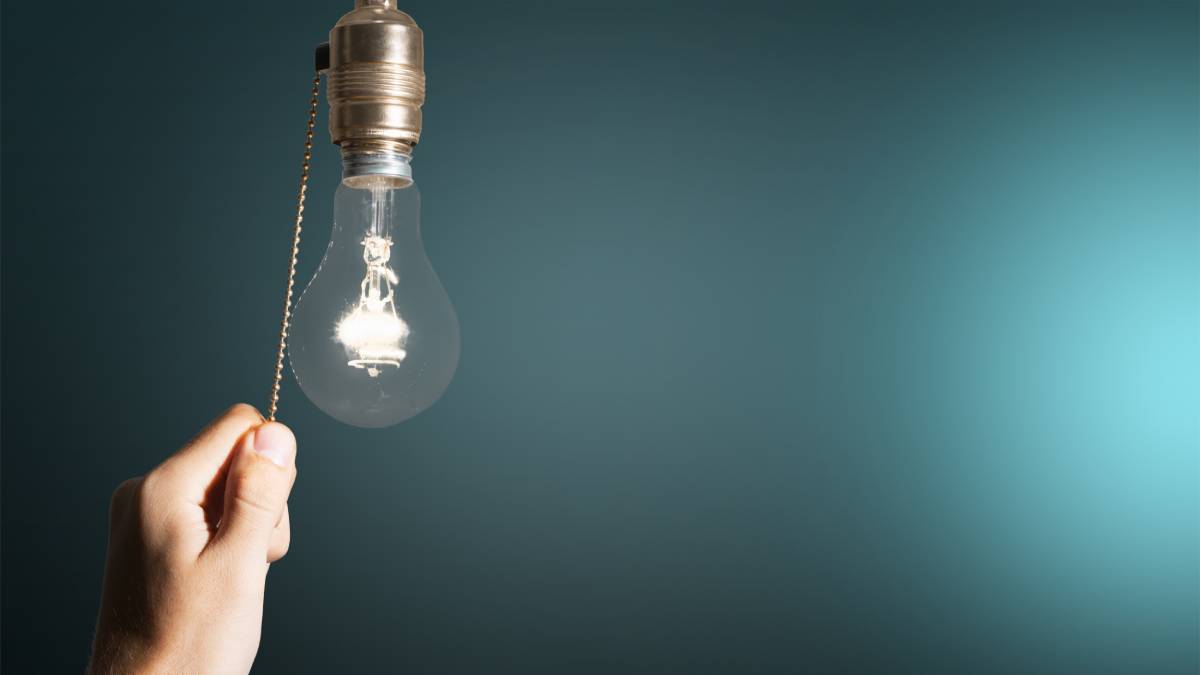Energy prices and the cost-of-living crisis are putting an unprecedented squeeze on Aussie households.
And electricity prices are only set to rise. This week the Australian Energy Regulator confirmed prices will go up between 20 and 25 per cent from 1 July — higher than forecast in March.
Electricity prices will rise between 19.6 per cent and 23.9 per cent in NSW, SA and south-east Queensland, and in Victoria, the Essential Services Commission will lift prices by 25 per cent.
We talk to experts Choice about how you can keep your power bills down – and stay warm – as we head into winter.
And no, it isn’t “layer up”.
Are you getting the best deal?
Firstly, make sure you’re getting the best possible deal from your energy provider.
What’s the best they’ll offer to keep you as a customer, and what can you get from their competitors?
If your current provider won’t cut you a better deal, chances are somebody else will.
This government website can help you find the right energy plan for you.
Keep the heat in
Chris Barnes from CHOICE says the cheapest heater “is the one you don’t run in the first place”.
For homeowners, that’s checking your insulation in the ceiling and the floor, and the thickness of your windows.
It’s more money up front, but saves you money in the long run.
“Up to a quarter of the heat of the room can get out through the ceiling,” he says.
Check for gaps around windows or doors and if you can, get thicker curtains.
There are tricks renters can apply too like door snakes to keep out drafts, and even window sealing kits available form hardware stores to stop the heat escaping.
What’s the most efficient way to heat?
Not all heaters are equal.
Again, there are higher costs up front, but a pay-off in the long term.
“Reverse-cycle air conditioning is a much more efficient way of heating than running a portable electric heater,” Mr Barnes says.
“It does cost more up-front to buy it and install it but it’s going to deliver a lot more heat energy for the electricity it uses than the equivalent in portable electric heaters.”
Now you’ve generated the heat, you need to retain it.
“Put your ceiling fan on reverse to push the warm air that’s collected up in the top of the room down the walls,” says Mr Barnes.
“That’s a good way to mix the warm air around in the room.”
Four-legged friends
Don’t leave on the air con when they’re home alone – Anne Chester from the RSPCA says a winter wardrobe for you canine can be fashionable and functional.
“It may take them a little while to get used to it at first but they’ll certainly appreciate it as it gets colder,” she says.
A bed off the ground can help too.
“Anything where they can keep themselves warm and curled up – a crate, a kennel – they tend to really enjoy those things,” Dr Chester says.
What about lighting?
Lighting isn’t the energy drain it used to be, says Mr Barnes.
“Now that most of us are on LED bulbs or even old compact fluorescent still in your light fittings, they’re reasonably energy efficient,” he says.
But if you haven’t yet changed over to more energy-friendly bulbs, there’s a saving to be made.
“If you still have, for example, halogen downlights, you really should be looking at replacing those with LEDs.”
Got solar?
If you’ve got solar panels, make sure you’re maximising their potential, Mr Barnes says.
“Using their cheap solar electricity in the middle of the day when it’s being generated is one of the ways that you get the best bang for buck out of having solar panels on your roof.”
How do you do that? Run the dishwasher, the clothes dryer, the washing machine in the day when it costs less.
“Don’t get the solar panels on and then run all of your appliances at night like you used to,” he says.
Haven’t got solar panels yet but considering it? Mr Barnes says it’s another cost-saving investment.
“It makes a huge amount of sense to do it,” he says.
“They will pay for themselves – in most cases within a few years.”
What rebates are available?
Electricity prices to increase
The Australian Energy Regulator confirms electricity price rises will increase by a rate higher than its draft offer, which will come into effect on 1 July.
In NSW, Queensland and SA the rebate is $500 for eligible households, and $650 for businesses.
Victorian households can get a yearly $250 rebate and a $250 Power Saving Bonus. For businesses it’s $325.
In WA and NT it’s $350 for households and $650 for businesses.
Eligible Tasmanian households can get $250 each year for two years, and small businesses will get $650 over 2023 and 2024,
In the ACT, it’s $175 for households and $325 for businesses.
How do you save on your power bills? Why not share your energy-saving tips with our members?
Also read: How the electricity bill relief payment works in your state

